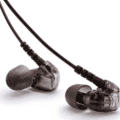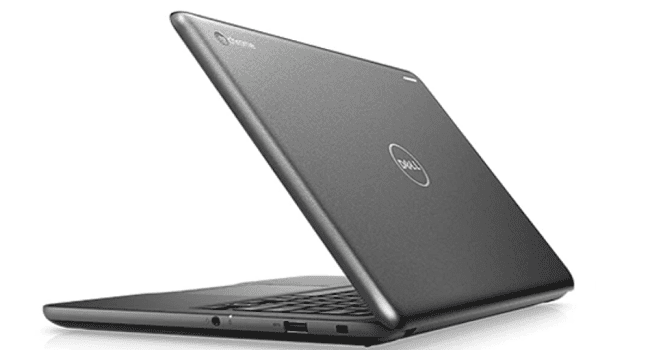Modern computer networking relies upon a vast conglomeration of technical standards, concepts, and protocols. Without these, devices would struggle to communicate with each other. While devices from one manufacturer might be able to communicate with other devices from the same manufacturer, a lack of standards would make inter-compatibility unlikely at best. These agreed standards ensure that all devices can communicate with each other.
While all parts of computers are affected by standards, networking is a critical feature of the modern world, so standards are imperative. The OSI conceptual model sets out seven layers of network communications. They describe the functionality that needs to be covered by protocols and standards.
The OSI model is flawed; it’s based on networking concepts from the early days of computer networking that have evolved. This means that numerous multi-layer protocols have blurred the distinction between some layers. Still, it is a useful tool to wrap your head around what’s needed to communicate.
The Data Link Layer
The first three layers of the OSI model are the core of computer networking. The lowest layer, layer 1, is the physical layer. This covers standards for the actual mechanism for communicating. Standards cover what radio frequencies are used, how they are used, cabling standards, connector standards, and how the binary bits are actually transmitted over the network.
Level three is the network layer. This level covers the designation and addressing of networks and communication between networks. IP addresses operate at this layer, as do routing protocols such as RIP and OSPF.
You may have noticed the gap between the numbering system and the conceptual model. Layer two is the data link layer. This covers communications over individual links. The easiest way to see the difference is in a network using hubs. Hubs are obsolete, thanks to the rise of switches. A hub forwarded every message it received to every connected device other than the one that sent it. A switch checks if it needs to or not. Switches are more complex, but they provide significant benefits over hubs.
The key difference between switches and hubs is in the size of a “collision domain.” A switch separates the electrical connections of each cable so that a signal on one cannot interfere with the signal on another. In a hub, however, the cables are directly connected; only one device can transmit simultaneously as signals from all connected devices interfere or “collide.” As such, a section of a network using a hub can be thought of as multiple devices connected to a single cable.
The data link layer operates at the level of a single connection media. That may be point-to-point or have multiple devices.
Key Features
While point-to-point connections are straightforward, media with multiple connected devices are not. Theoretically, a point-to-point connection could skip addressing entirely. Any communication from one would be meant for the other. That doesn’t happen, though, as devices tend to be interconnected in larger networks, and it’s safer to be sure that you can handle multiple devices on your connection.
Aside from hub-based connections, wireless connections involve multiple devices on the same network. An addressing scheme is used to ensure that a message meant for one specific device is delivered to that device and other devices ignore it. That addressing scheme is called the MAC address. MAC has no link at all to any Apple devices. Instead, it stands for Media Access Control. A MAC address can only transmit data to a device over a local network. IP addresses are used to route traffic outside of the network.
The data link layer implements protocols such as CSMA/CD and CSMA/CA. Those acronyms stand for Carrier Sense Multiple Access/Collision Detection and Collision Avoidance, respectively. Collision detection is used in wired networks. It detects when collisions have occurred, backs off, and retransmits. Collision Avoidance is used in wireless networks and checks to see if the network is free before transmitting. On wireless networks, devices may be unable to see other devices leading to the hidden node problem.
Wireless devices typically disable their receiver when transmitting data, as the “volume” of the transmitted signal would dwarf the volume of any other received signal. This makes collision detection essentially impossible, instead forcing reliance on receipt notifications. This is why network performance is significantly more affected by large numbers of devices on wireless networks than it is on wired networks.
Sublayers
As previously mentioned, there are several issues with the OSI model. A relatively standard modification is splitting the data link layer into two sublayers. These are the Logical Link Control sublayer, LLC, and the Medium Access Control sublayer, or MAC. The LLC sublayer provides error control and flow control. This enables things like the retransmission of packets that fail checksum verification and ensures that one device doesn’t transmit so fast that it overwhelms the receiver.
The MAC sublayer provides the previously mentioned CSMA/CD and CSMA/CD functionality, as well as MAC addressing, switching, and switching-related protocols, quality of service management, and VLAN support. Generally, it’s perfectly okay to refer to the data link layer, but some resources may refer to the individual sublayers.
Conclusion
The data link layer is the second layer of the OSI model. It deals with addressing the physical connection level. MAC addresses and collision detection/avoidance are some of the key features of the data link layer. Switching protocols such as the Spanning Tree Protocol, STP, operate at this layer.
Network traffic intended for another device on the network can be forwarded to that device purely through the data link layer information. Deencapsulating to the network layer level for the IP address is unnecessary except at the router if the router determines the recipient is not on the network.




